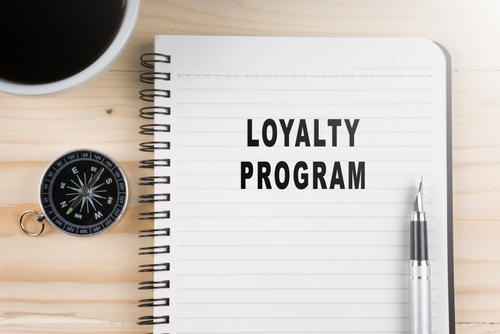Breakage, or the percentage of loyalty points issued that will never be used, is an interesting concept. On the one hand, it drives short-term profit. Customers earn points through a rewards program and, for whatever reason, choose not to redeem them. Maybe they forget about the points. Perhaps they don’t really need the rewards. Or, they decide to put off redeeming earned points until some point in the distant future.
Whatever the case, when customers choose not to redeem their rewards points, organizations cash in: they were planning to count these points against their balance sheet, and now have nothing but profit to show.
But while this may be good for companies in the short term, failure to redeem loyalty points can signify a much larger problem: lack of customer engagement. Over the long term, this can spell doom for the business’s loyalty program profit.
The financial challenge for loyalty programs, then, is to find the right balance between breakage and customer engagement. Using big data can help.
Big data for better financial management
Being data driven will become even more important for loyalty program financial management in 2018. This year, we’ll see the effects of new accounting standards for loyalty programs (ASC 606 in the US, IFRS 15 elsewhere). Liabilities will likely increase, particularly in the US, where the accounting changes are more significant.
These changes won’t affect the underlying economics of programs, but will likely make it more difficult for programs to make important decisions amidst all the noise. Discussions between chief financial officers and loyalty program managers won’t be fruitful without the smart use of data.
And while many companies are already using data as part of their marketing analytics strategy, this same rigor has not been applied to financial use cases. As a result, companies are leaving long-term profit and customer retention on the table simply because they aren’t optimizing this trade-off.
Big data for better financial predictions
Loyalty programs historically struggle to accurately estimate the cost of a point or mile, as well as its future breakage rates. However, by using the right actuarial theory and predictive modeling techniques, along with vast volumes of data, abundance of computing horsepower and advances in machine learning, surprisingly accurate points cost and breakage estimates are within reach — even with mileage expiration 2 or 3 years away.
Unfortunately for finance professionals, traditional methods for valuing loyalty program liabilities are not responsive enough because they are based on decades-old methods developed for the insurance industry.
Loyalty is much more dynamic and fluid, requiring a more responsive approach.
This extends beyond the finance department, too. Loyalty program marketers must know that these liabilities have massive financial footprints, which is why finance is so concerned with decreasing breakage.
Lower breakage will drive material short term increases in costs and reductions in profits. These short-term costs are often warranted if there are offsetting long-term benefits. Marketers need a credible financial measurement framework to quantify these costs and benefits. It’s very hard to get finance buy in without it.
Big data to mitigate breakage risk
Inaccurate liability estimates carry substantial risk. This is, in part, due to the scale of the liabilities. Many programs have liabilities in the billions of dollars, so even a small one percent unexpected true up on a $1B liability will cost the program $10M dollars.
We can also think about this from an opportunity cost perspective: how much profit is not realized because we haven’t optimized the breakage/engagement trade off?
Companies have massive amounts of data — data on historical transactions, data on earning activity, data on past redemption behavior. While many loyalty programs believe that the key to effectively using big data is to look at past behavior, historical data has its limitations.
If done correctly, using historical data can get you to 70% to 80% accuracy. While not 100%, this is certainly better than not using any data at all.
All professionals need to make the best decision possible with the data available. Ultimately, it comes down to leveraging the data to make smart assumptions. This means extracting every ounce of knowledge from data and combining this with collective judgement to arrive at the best answer.
Big data for breakage optimization
Program liabilities are often seen simply as a cost. But let’s reframe the situation to illustrate a huge opportunity: program liability can be a massively underutilized tool for program executives. All of those outstanding points provide incentive to drive desired behaviours. Most programs rejoice when they see a member with lots of points about to expire (it will get those points off the books at no cost!).
But this is short sighted.
Instead, we could use those points to motivate a dormant member to come back. Yes, this will increase redemption costs, but it can also increase future revenue. The challenge is finding members where the upside is greater than the cost.
And therein lies the opportunity — and a powerful reason to invest in big data and financial analytics.
_________
The original version of this content appeared on Travel Data Daily.





